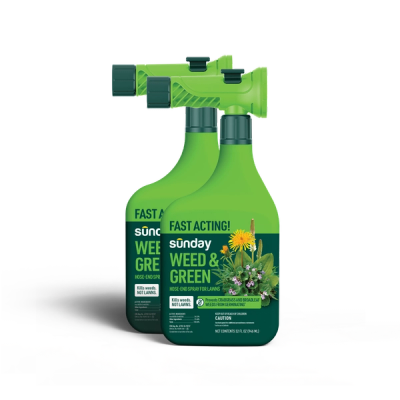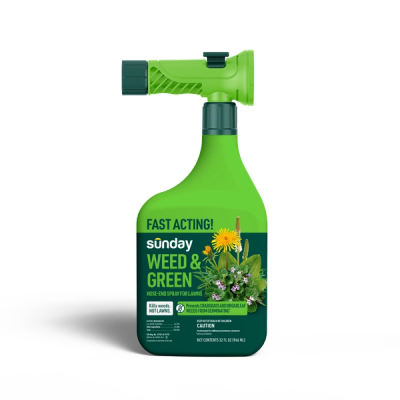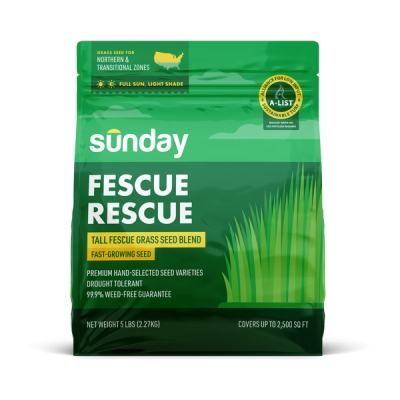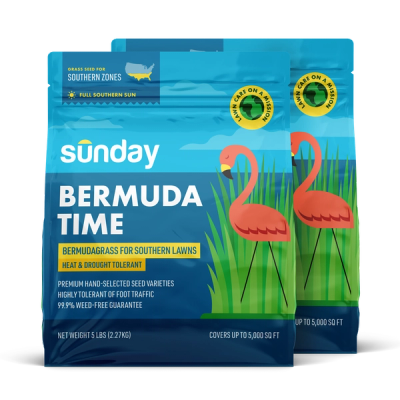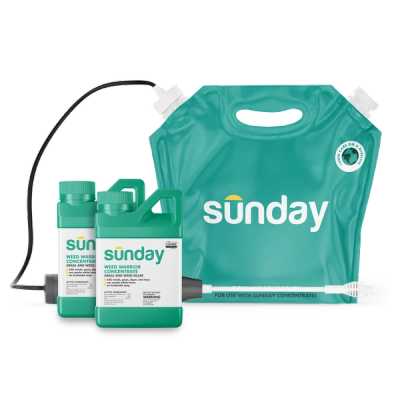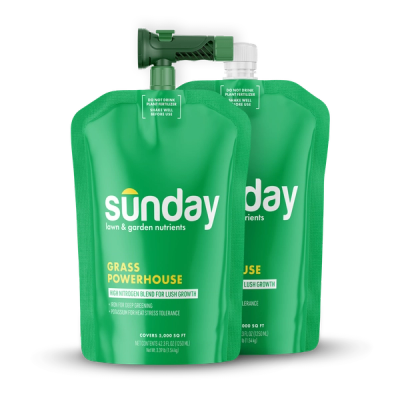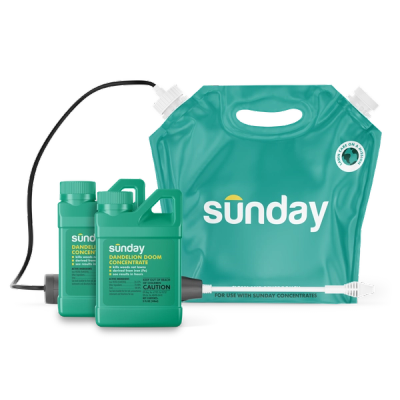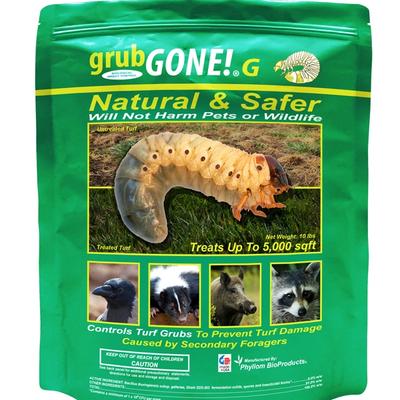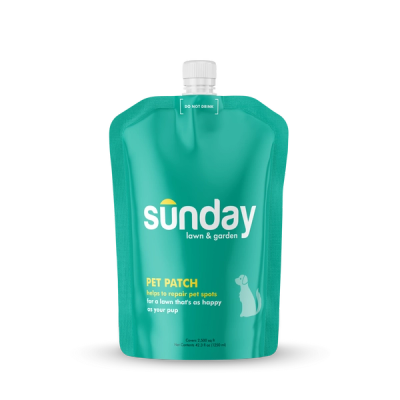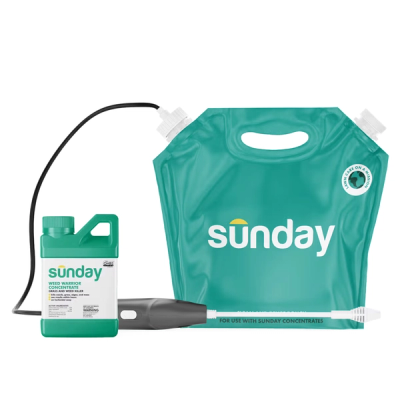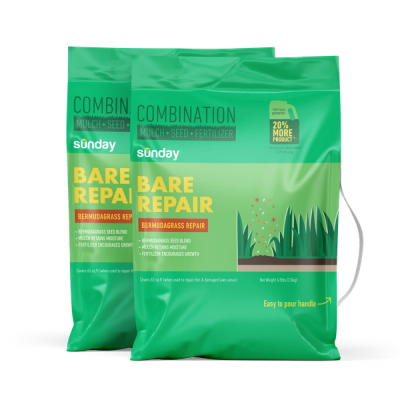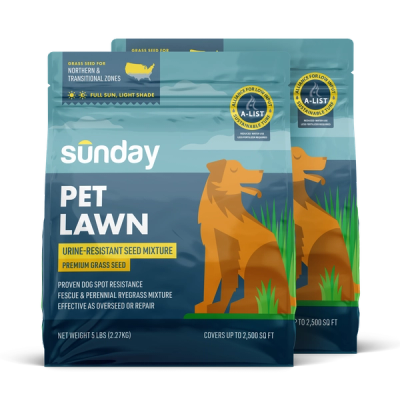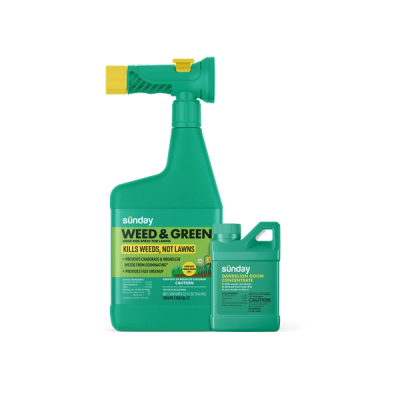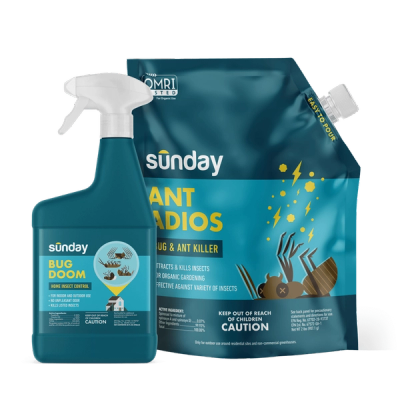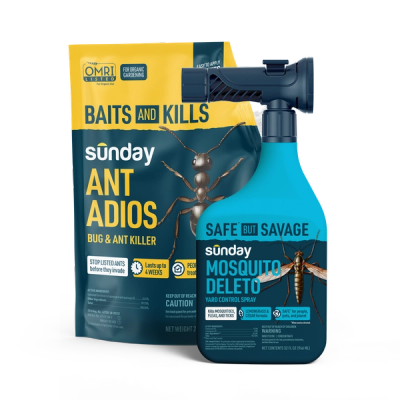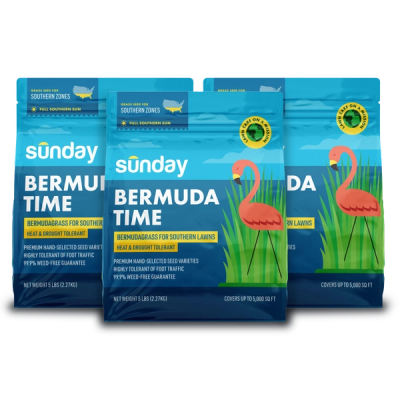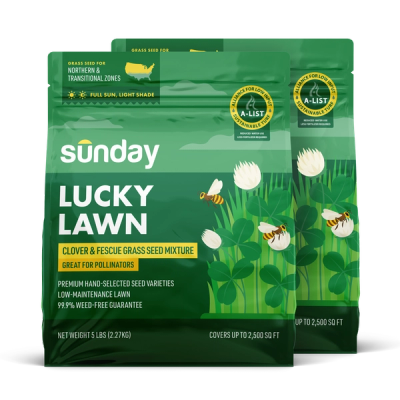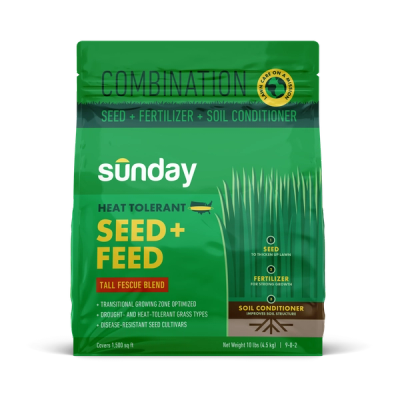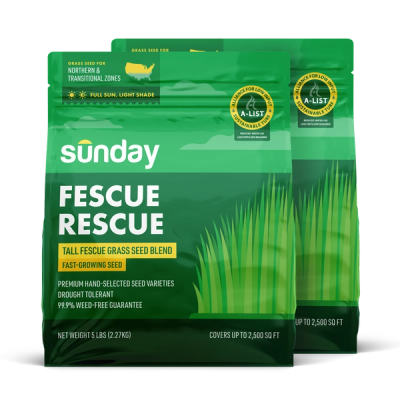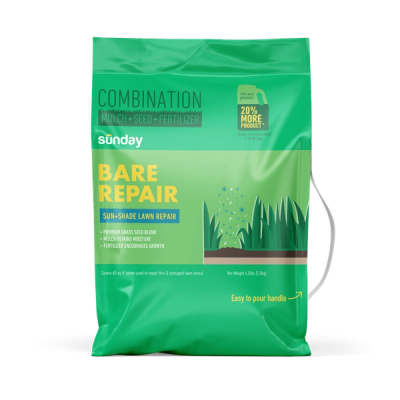Pollinator Friendly
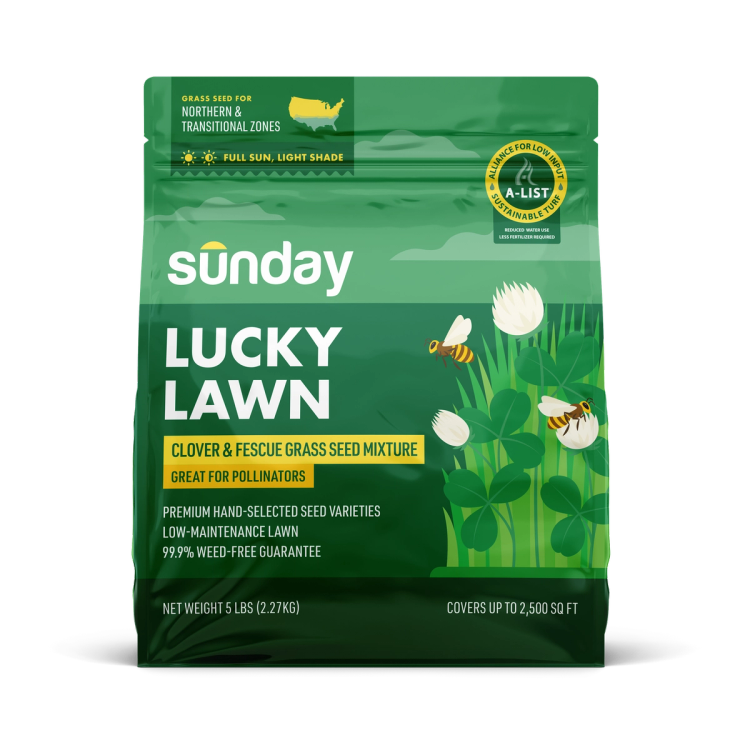
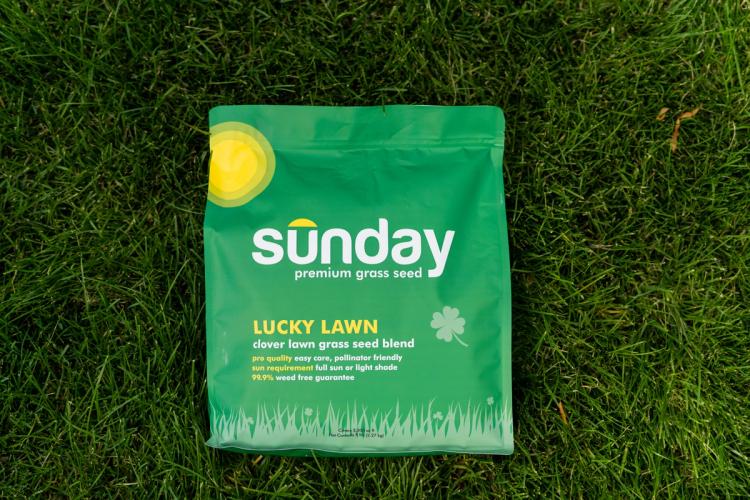
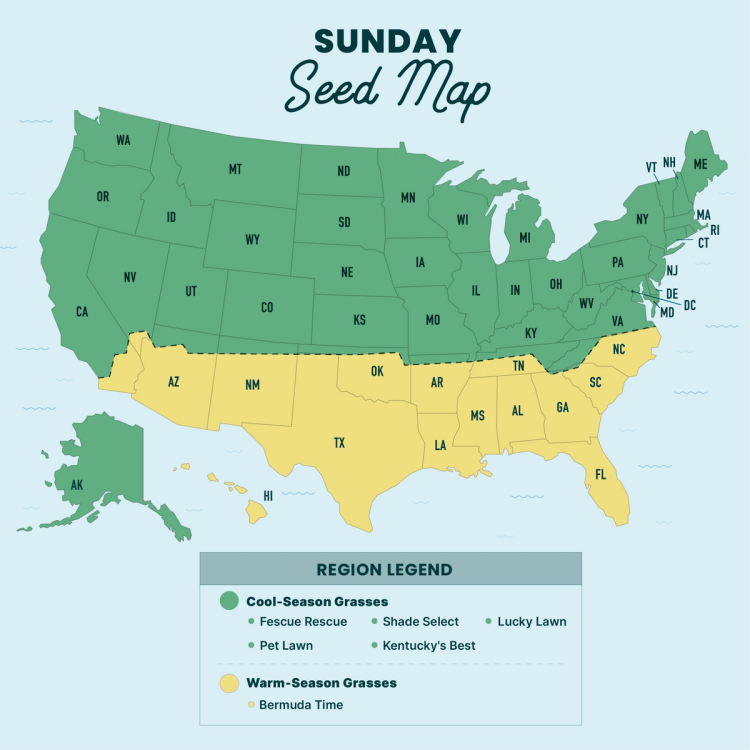
Microclover and fescue seed mixture
Clover meets grass seed in our pollinator-friendly seed mixture of tall fescue, fine fescue, and microclover.
Free shipping! Ships in 1-2 business days

Not sure what grass seed you need?
Get a recommendation in about a minute! Let's go
We're committed to making sure Sunday works for you and your home. Need a replacement? Or help troubleshooting an issue? Our experts are here for you. Learn more
Related products
Pollinator Friendly



You don’t need luck to grow green grass
Lucky Lawn is a unique blend of tall and fine fescue with microclover designed for eco-friendly lawns. This mix requires fewer nutrients, reduces maintenance, and supports pollinators. Perfect for creating a lush, green space that's both beautiful and sustainable, it naturally crowds out weeds and thrives with minimal care, making it ideal for overseeding or starting new eco-conscious lawns.
Why Lucky Lawn is our pick for cool-season lawns:
- Dark green color
- Requires fewer nutrients—naturally crowds out weeds
- Pollinator-friendly and low-maintenance
- High tolerance to heat, drought, shade, and traffic
- A-LIST-approved for quality, sustainability, and reduced maintenance
- Grows well in full shade to partial sun and in a wide range of soils
- Suitable for any cool-season lawn and grass type
- High 85% germination rate
- 99.9% weed-free guarantee
What's included:
- Combination of premium tall fescue, fine fescue, and micro clover
- One bag covers up to 2,500 sq. ft. of lawn
Sunday seeding rate
- For maintenance seeding or overseeding: 2 lbs./1000 sq. ft.
- For heavy repair, weedy lawns, and new lawns: 5 lbs./1000 sq. ft.



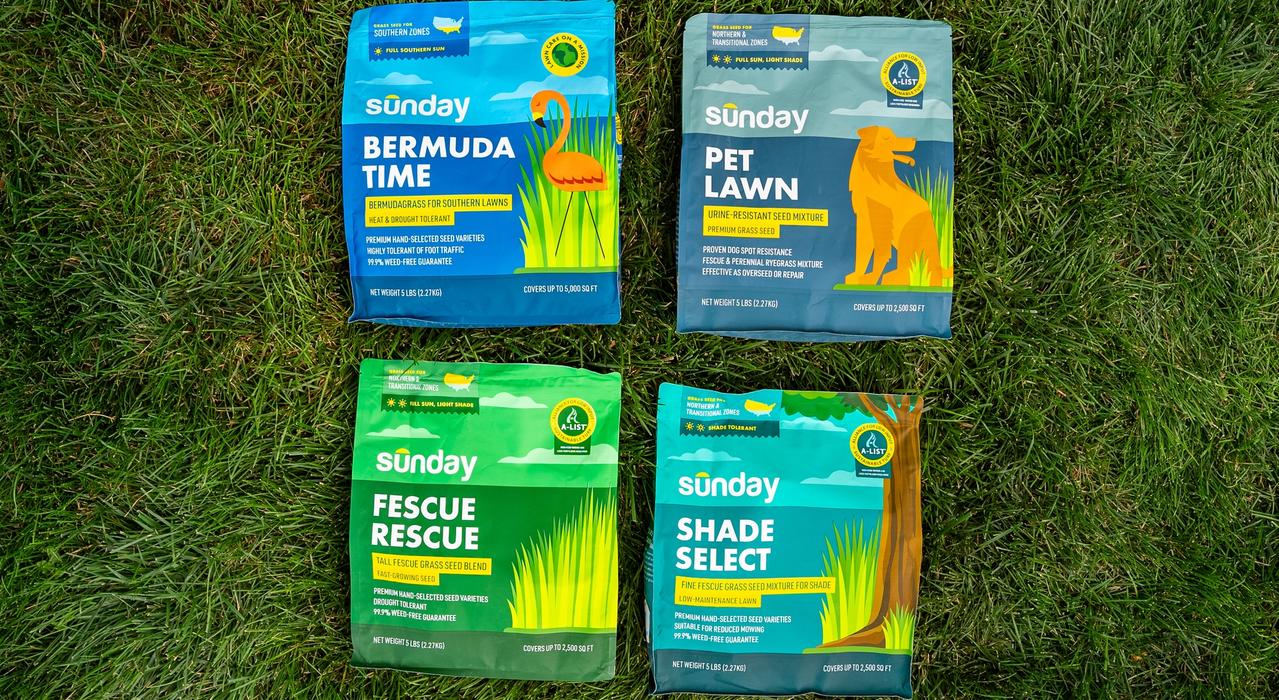
Sunday Grass Seed Instructions
Step-by-step instructions on how to seed Sunday's premium cool-season grass seed for a thicker, climate-resilient, and weed-free lawn.
Read article

